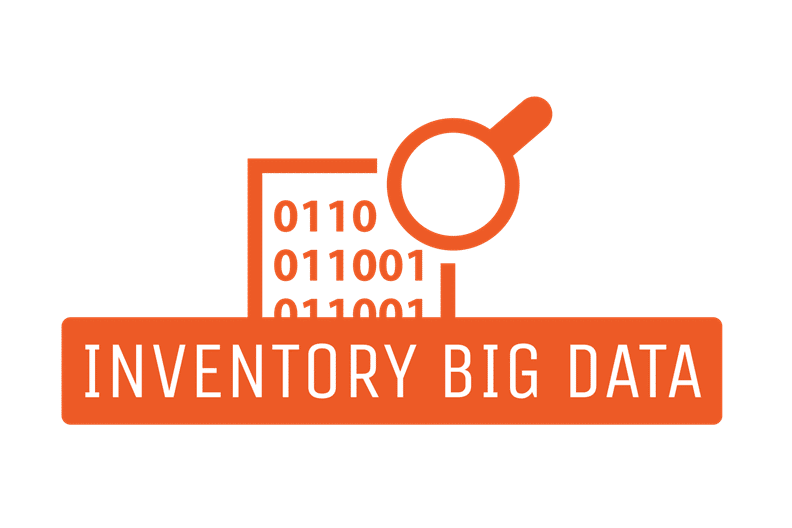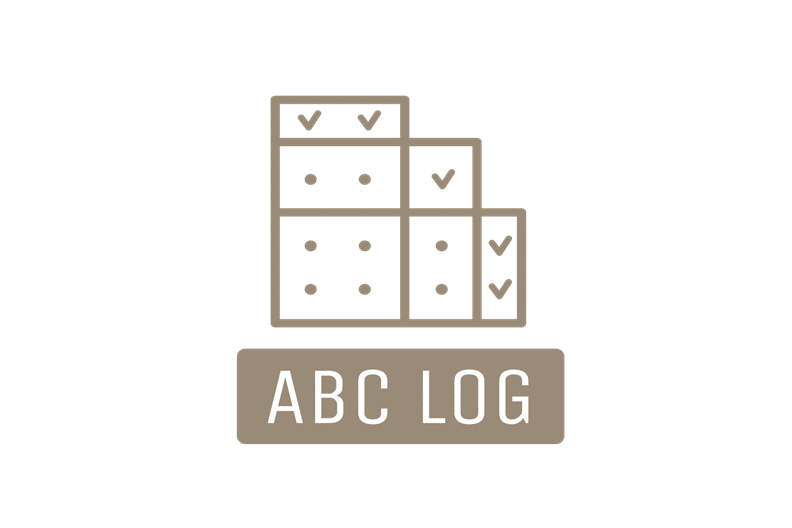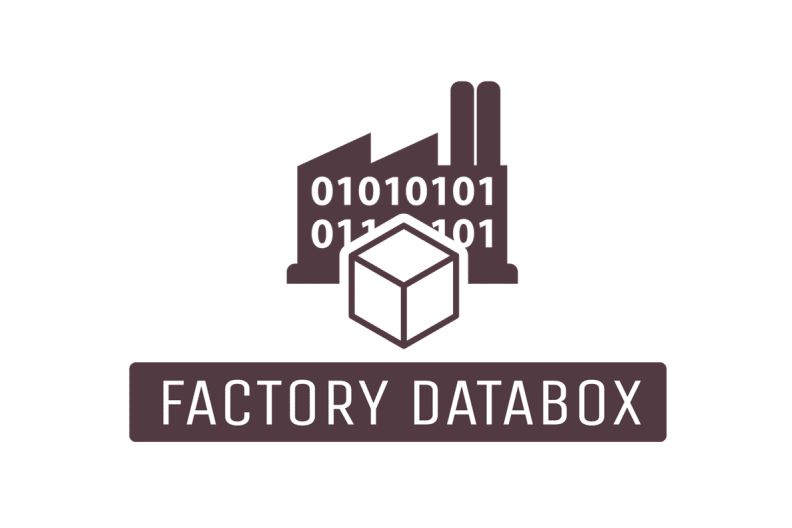Frequently Asked Questions
A key performance indicator (KPI) is a measure used to monitor and evaluate the achievement of specific objectives within a company or organisation. KPIs are used to assess a company’s efficiency, performance and profitability.
Industrial key performance indicators (KPIs) are essential because they :
- Measure the effectiveness of operations in achieving objectives.
- Help to make decisions based on concrete data.
- Encourage continuous improvement by identifying areas for improvement.
- Align everyone’s efforts towards the same corporate objectives.
- Boost communication and employee commitment.
- Optimise the use of company resources.
- Ensure compliance with safety and legal standards.
- Keep the company competitive by adapting to changes in the market.
In short, KPIs help companies to be more efficient, secure and competitive.
KPIs are essential for measuring industrial performance. They are essential to the implementation of any Industry 4.0 approach within your organisation. KPIs (key performance indicators) are quantitative indicators used to measure the performance of a company or organisation. For industrial companies, they are particularly important because they enable the various stages of production to be closely monitored and any problems to be detected quickly. By using KPIs, company directors and managers can make informed decisions to improve product quality, reduce production costs and maximise profits. Among the most common KPIs for industrial companies are machine availability rate, breakdown rate, production defect rate, production cycle time, productivity rate, product returns rate, customer satisfaction rate, on-time delivery rate and profitability rate. By using these indicators consistently and monitoring their evolution regularly, industrial companies can constantly improve their performance and achieve their growth and profitability objectives.
To find examples of industrial performance indicators, you can consult :
- Academic journals and publications for research into best practice in industrial production.
- Professional association websites such as ISM, AME and ISA, which offer articles and reports on KPIs.
- Books and guides on Production Management, offering concrete examples of KPIs used to improve processes.
- Blogs and Online Articles specialising in the industrial sector, sharing case studies and examples of KPIs.
- Production Management Software (ERP, MES) which often include libraries of standard KPIs.
- Conferences and Webinars on the manufacturing industry, for insights into the latest trends in KPIs.
- Professional networks and discussion groups on platforms such as LinkedIn, for exchanges on performance indicators.
These resources are invaluable for discovering and understanding how to apply KPIs effectively in the specific context of your manufacturing business.
Essential KPIs for an industrial site include :
- Overall Equipment Effectiveness (OEE) to measure equipment efficiency.
- Delivery time to assess the speed of production and delivery.
- Defect Rate to monitor product quality.
- Production Cost to monitor manufacturing expenses.
- Stock levels to optimise the management of materials and products.
- Accident Rates to ensure safety on site.
- Energy Efficiency to promote sustainability and reduce costs.
- Customer Satisfaction Rate to measure customer satisfaction.
- Capacity Utilisation Rate to assess production efficiency.
- Employee Turnover to understand team satisfaction and stability.
- Innovations and Improvements to encourage continuous improvement.
These indicators help to align production activities with strategic objectives, identify where improvements are needed and drive business growth.V
It is important to choose the KPIs that are most relevant to your business and that reflect your objectives and values. You should also take into account your sector of activity and your target audience. It is advisable to focus on a limited number of KPIs so that you can monitor them effectively.
What is a dataset and what is it used for? A dataset is a set of structured data that can be used for analysis and decision-making. It can be used to measure and optimise business performance, for example by identifying bottlenecks or opportunities for improvement.
What types of data can be included in a dataset? Data can be of different types, such as numerical data (e.g. production quantities or cycle times), categorical data (e.g. product types or production teams) or temporal data (e.g. production dates or time periods).
How do I select the key performance indicators (KPIs) that are relevant to my business? It is important to choose the KPIs that are relevant to your company, based on its objectives and strategies. You should also consider what data you have available and how you can use it to measure your performance. It may be useful to consult experts or do some research to find KPIs that are commonly used in your industry.
How can I use data and KPIs to optimise my company’s performance? Once you have selected your KPIs and collected your data, you can use data analysis tools to visualise and interpret the data. This will enable you to better understand your performance and identify opportunities for improvement. You can also use this data to set performance targets and track your company’s progress over time.
What are the benefits of KPI training for my business? KPI training can help your business to:
- Better understand and use data to make informed decisions
- Define and monitor clear performance objectives
- Identify opportunities for improvement and gaps in relation to objectives
Data is crucial to improving business performance. It enables informed decision-making by providing objective information about business operations. By analysing this data, companies can identify market trends, optimise internal processes, personalise the customer experience and proactively manage risk. By exploiting the full potential of data, companies can increase their operational efficiency, anticipate market needs and offer tailored solutions to their customers, boosting their competitiveness and long-term success.
Supply chain optimisation leverages technologies such as blockchain, AI and IoT to improve the efficiency and performance of the supply network. The supply chain is a crucial business process for an effective customer experience. A high-performing supply chain drives business efficiency and responsiveness, ensuring that customers get what they want, when and where they want it, while being cost-effective for the organisation and contributing to its sustainability.
A successful supply chain optimisation process has three phases:
Supply chain design: This phase involves designing the network, such as the location of warehouses and the flow of products, as well as defining strategic objectives such as forecasting demand and planning manufacturing operations.
Supply chain planning: This stage involves developing a strategic plan for supply chain deployment, inventory planning and asset co-ordination to optimise the delivery of products and services while balancing supply and demand.
Supply Chain Execution: This phase focuses on operational applications and systems such as inventory management, transportation, global trade management, and includes tools for real-time decision-making and supply chain visibility.
To improve supply chain performance, here are five practices to adopt:
- Organise warehouse storage areas according to the nature of the product and the volume of orders, enabling efficient stock management.
- Sort stored products according to their characteristics to facilitate transport, for example by grouping bulky and heavy products in dedicated areas.
- Group together products that require similar preparation and packaging processes, for greater efficiency in logistics operations.
- Group fast-moving products together to encourage cross-docking, enabling products to be dispatched directly to customers as soon as they are received, without having to go through the storage stage.
- Automate out-of-stock alerts for proactive management of stock levels.
These practices can be applied in the warehouses of most companies, helping to rationalise and optimise the supply chain. Thanks to effective stock management, these measures can reduce transport costs and delivery times.
A dataset is a collection of data organised in such a way as to facilitate its analysis and use. Datasets can be used for a variety of applications, such as machine learning, data analysis or decision making.




